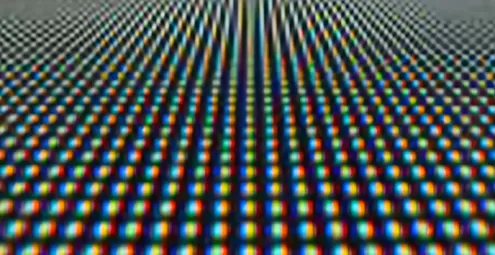Here's a breakdown of the three LED packaging/assembly technologies, their pros and cons, and typical use cases:
1. SMD (Surface-Mounted Device)
- Definition:
Individual LED chips (red, green, blue) are encapsulated into a single plastic package and mounted directly onto the PCB surface.
- Key Features
- Brightness & Color: High brightness and good color consistency.
- Pixel Pitch: Can achieve small pixel pitches (e.g., 1.2mm–10mm), suitable for indoor and outdoor displays.
- Cost: Affordable and widely used.
- Drawbacks:
- Durability: Exposed LEDs are vulnerable to moisture, dust, and physical damage.
- Heat Dissipation: Limited due to plastic encapsulation.
- Applications:
- Indoor/outdoor billboards, retail displays, stage screens.
---
2. GOB (Glue on Board)
- Definition:
A protective epoxy resin is applied over SMD LEDs after assembly to shield them from environmental damage.
- Key Features:
- Protection: Resists water, dust, scratches, and impact.
- Durability: Enhances lifespan in harsh environments (e.g., outdoor or high-humidity settings).
- Cost: Slightly more expensive than standard SMD.
- Drawbacks:
- Heat Dissipation: Epoxy layer can trap heat, affecting performance if not properly designed.
- Flexibility: Thicker coating may limit modularity or repairs.
- Applications:
- Outdoor displays, industrial screens, transportation hubs.
---
3. COB (Chip on Board)
- Definition:
Bare LED chips (without plastic packaging) are directly bonded to the PCB and coated with a phosphor layer.
- Key Features:
- Durability: No exposed components; resistant to impact, moisture, and static electricity.
- Pixel Density: Enables ultra-fine pixel pitches (e.g., 0.4mm–1.5mm) for high-resolution indoor displays.
- Heat Dissipation: Superior due to direct contact between chips and PCB.
- Drawbacks:
- Cost: Higher manufacturing complexity increases price.
- Repairability: Damaged pixels require replacing entire modules.
- Applications:
- High-end indoor displays (control rooms, studios), microLED TVs, wearable devices.
Comparison Table
|
Feature |
SMD |
GOB |
COB |
|
Durability |
Moderate (exposed LEDs) |
High (epoxy protection) |
Very High (no exposed components) |
|
Pixel Pitch |
1.2mm–10mm |
Similar to SMD |
0.4mm–1.5mm (ultra-fine) |
|
Brightness |
High |
lightly reduced due to epoxy |
High |
|
Heat Management |
Moderate |
Moderate (heat trapped by epoxy) |
Excellent |
|
Cost |
Low |
Medium |
High |
|
Best For |
General-purpose displays |
Harsh environments |
High-resolution indoor displays |
Summary
- SMD: Cost-effective and versatile for most applications.
- GOB: Adds ruggedness to SMD for outdoor/harsh conditions.
- COB: Premium solution for high-resolution, durable indoor displays.
Choose SMD for budget-friendly setups, GOB for outdoor durability, and COB for cutting-edge performance in critical environments.










